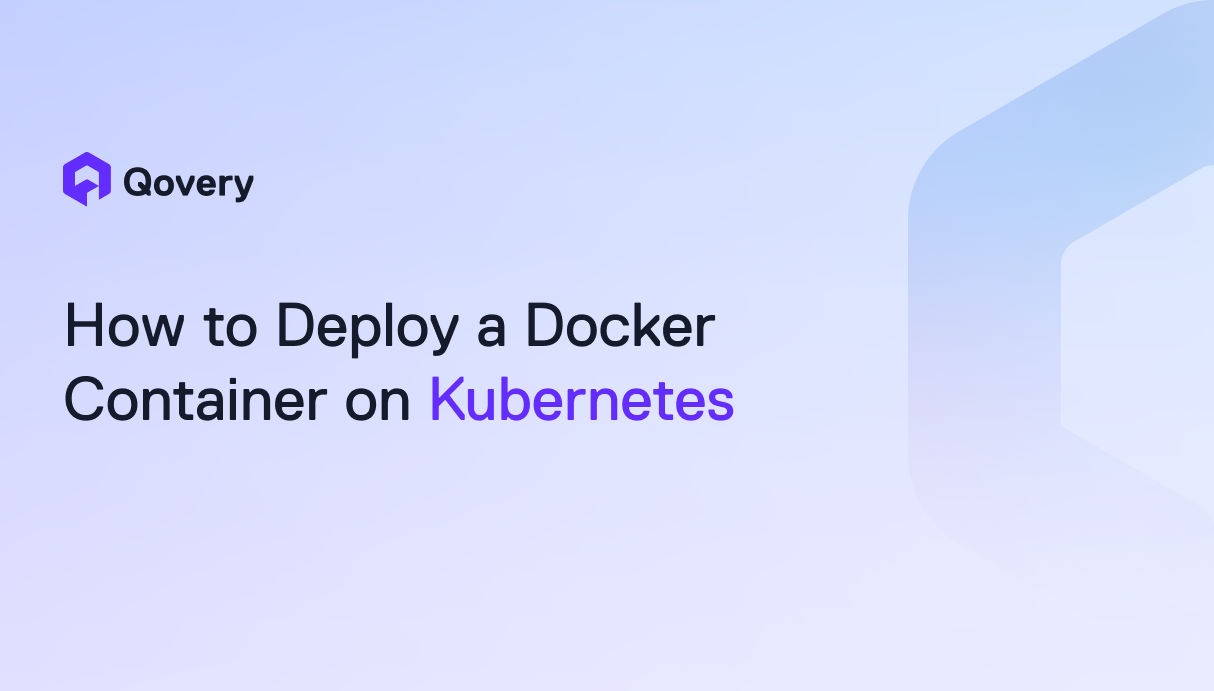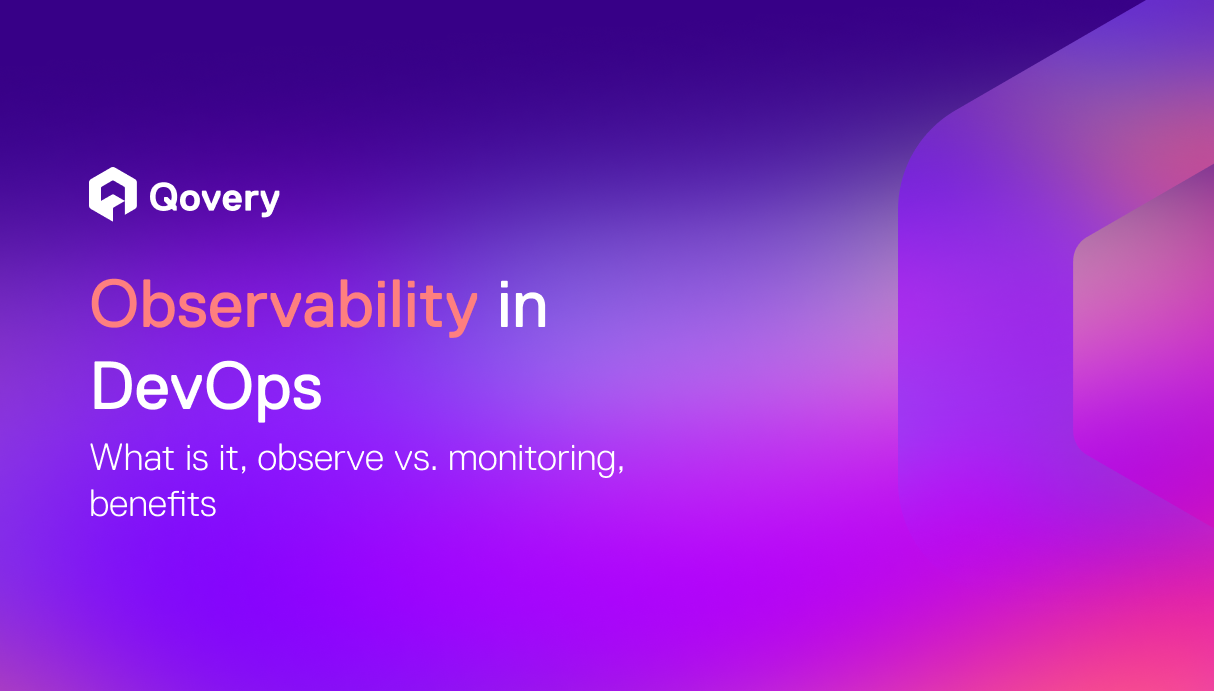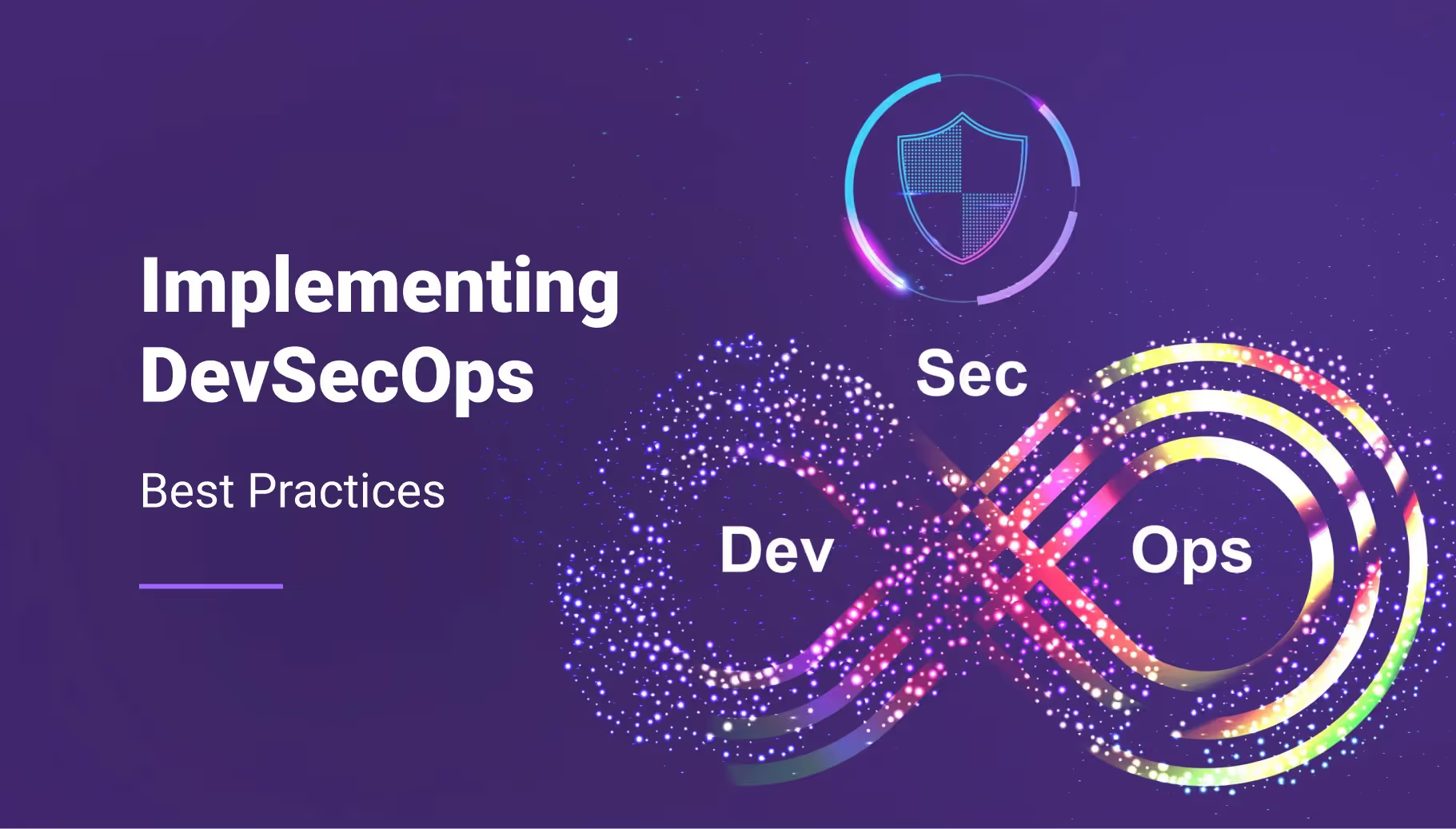

Database Schema Migrations in Ephemeral Environments: Best Practices

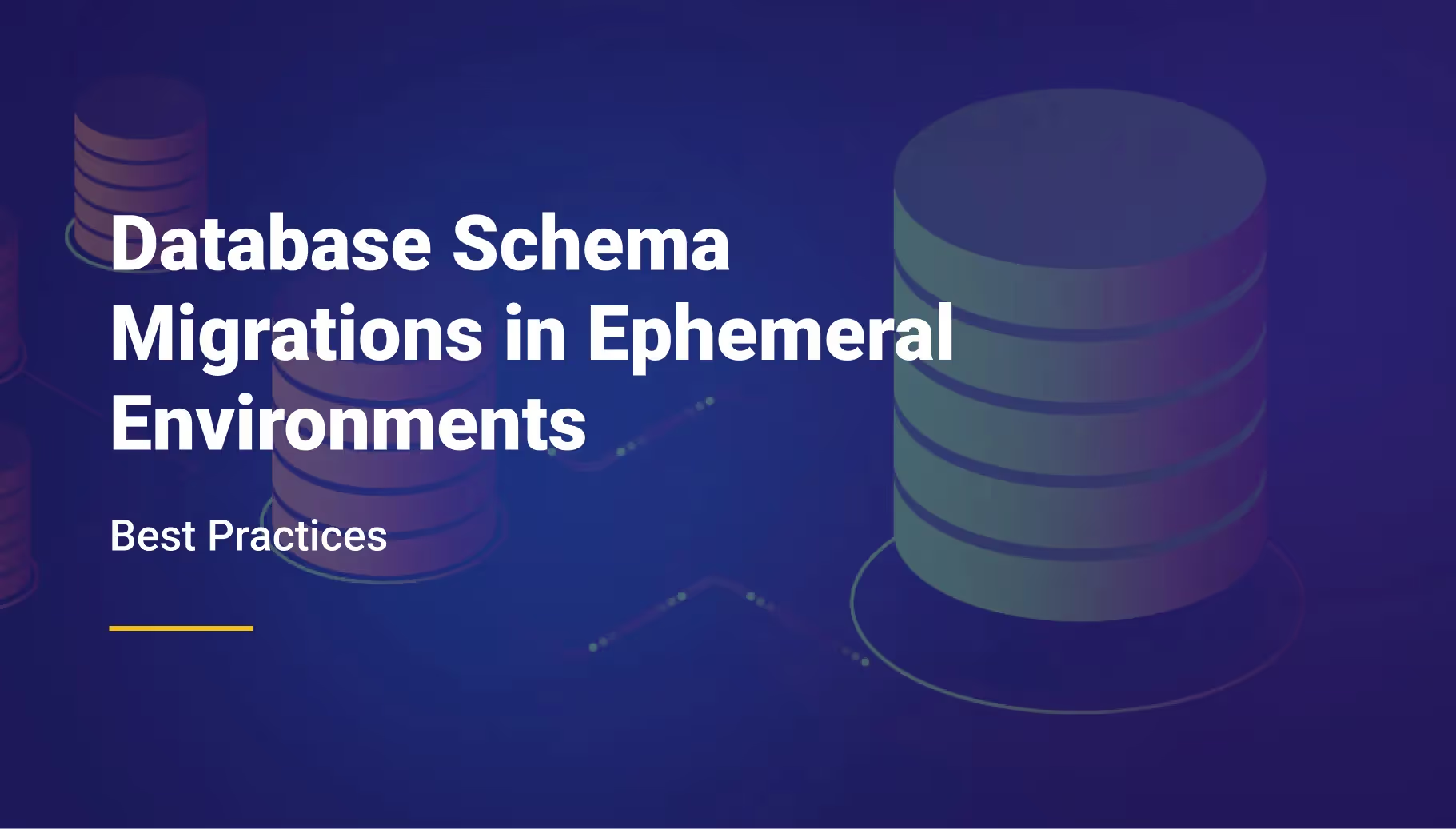

In software development, data and database schema migrations are paramount. Ephemeral environments, integral to modern DevOps and CI/CD pipelines, offer dynamic spaces for developers to test, pull, and view code outcomes. However, with their transient nature, managing schema migrations gets intricate. For example, testing a new feature might involve pulling an outdated version of the database, leading to conflicts upon changes. In this article, we'll unravel the complexities of schema migrations within these environments and provide insights on best practices for data consistency and version control.
Understanding Schema Migrations
What Are Database Schema Migrations?
- The definition: Database schema migration involves managing and applying changes to the current database structure. This entails updating the database schema to match code version changes.
- Software development context: Software development teams add additions, patch bugs, and change functionality. These code modifications sometimes necessitate database schema changes. For instance, introducing a feature may require a new database table.

Significance of schema migrations in maintaining the integrity of a database.
- Consistency: To keep the software running, the database schema must be synchronized with code modifications. Disparities between code and database might cause data anomalies without schema upgrades.
- Version Control: Keeping different schema migration versions makes it easier to track back to any environment or configuration, allowing engineers to observe past database states.
Challenges of handling schema changes in a fast-paced development environment.
Schema changes increase when software development speeds up, especially in DevOps or CI environments. Rapid schema updates can outperform production environment applications.
With each code release, verifying database compatibility with the application is crucial. In circumstances where multiple developers alter the same codebase, migrations can be complicated.
Ephemeral Environments to the Rescue
- Test First: One of the significant advantages of ephemeral environments is the ability to create a replica of the production environment quickly. Developers can then test their schema changes in these temporary settings before making them live.
- Managing Changes Efficiently: Instead of directly applying changes to the production, using ephemeral environments can help manage and streamline schema changes.
- Example Scenario: Imagine a situation where two developers are working on separate features, both requiring different schema changes. Instead of waiting for one to complete before the other begins, ephemeral environments allow both to work simultaneously, testing their respective changes in isolation.
Exploring Ephemeral Environments
Ephemeral environments and their growing importance in DevOps and CI/CD workflows
- Definition: Ephemeral environments, at their core, are temporary settings created on-demand for testing, development, or other specific tasks. These environments spring to life when required and dissolve after use, ensuring a clean slate every time.
- Relevance in Modern Workflows: With the surge in DevOps and CI/CD (Continuous Integration/Continuous Deployment) practices, the importance of such environments has grown exponentially. They fit snugly in a space where agility and accuracy are paramount.
How ephemeral environments differ from traditional development, testing, and production environments.
- Lifespan: Traditional environments, be it for development, testing, or production, are typically static and long-lived. Ephemeral environments, instead, are transient, existing only as long as they're needed.
- Usage: Instead of having a fixed test or development environment, with ephemeral ones, teams can pull a fresh environment for each task or change, thereby ensuring consistent conditions.
- Flexibility: When we think of production, it's a rigid environment. On the other hand, in an ephemeral setup, there's flexibility to create, manage, or even dispose of environments swiftly.

Advantages of using ephemeral environments
- Quick Iterations: Consider an example where a developer wishes to test the impact of a database schema change. Instead of risking the stability of a shared dev environment, they can spin up an ephemeral one, see the outcomes of their changes, and revert if needed without any lingering side effects.
- First-hand Insight: Ephemeral environments provide a firsthand look at how changes, especially to the database schema, would work in a 'production-like' setting without the prolonged commitment.
- Safety Net: These environments act as a buffer. Any missteps in the code or schema migrations won't trickle down to the main production or development versions.
- Integration with DevOps and CI: Leveraging CI tools, developers can seamlessly integrate their work with ephemeral environments. This synergy helps in catching discrepancies early in the development lifecycle, long before they reach the production stage.
Challenges of Schema Migrations in Ephemeral Environments
Challenges and complexities of performing schema migrations within ephemeral environments
- Nature of Ephemeral Environments: By design, ephemeral environments are transient and not persistent. Migrating schema in such environments can be like building a sandcastle near an unpredictable wave; one never knows when it might wash away.
- Data Overheads: As we constantly create and discard these environments, the consistent migration of data becomes an uphill battle. This cycle can sometimes cause:
- Data duplication
- Stale or outdated data remnants
- Inconsistencies between test data and actual production data - Code and Schema Divergence: In a swiftly changing devops world, the code may evolve faster than one can manage. This rapid development can lead to:
- Schema drift from the production version
- Challenges in keeping the schema changes in sync with the development work
Issues related to data consistency, version control, and collaboration in a transient environment
- Version Control Issues: In ephemeral environments, as changes are frequent, maintaining a robust version control is paramount. Without it, you may:
- Lose important changes
- Find it difficult to roll back to a previous, stable state
- See discrepancies between the development version and the test version - Collaboration Concerns: Ephemeral environments demand a higher level of collaboration between teams. Without effective collaboration:
- Pull requests might conflict
- CI/CD pipelines can break
- Team members might overwrite each other's schema changes - Tools to the Rescue: While the environment itself poses challenges, various DevOps tools can help. For example, CI tools can ensure that schema migrations are consistently applied. Meanwhile, collaboration tools can help team members communicate more effectively about schema changes.
Navigating Risks with Schema Changes
- Production-Like, But Not Production: Even though we aim for ephemeral environments to mirror production as closely as possible, they aren't actual production environments. This distinction is essential when making schema changes. An erroneous change here might not manifest issues until it reaches the real production environment.
- The Perils of Assumption: One might assume that since it worked in an ephemeral environment, it'll work in production. This assumption can be risky. Instead, treat ephemeral environments as a first line of defense, not the only one.
- Risk Management: Properly manage the risks associated with schema changes in these environments:
- Always backup before initiating a change.
- Test the impact of changes extensively.
- Have a rollback plan in place.
Best Practices for Schema Migrations in Ephemeral Environments
Best practices for planning and executing schema migrations within ephemeral environments
- Data Inspection and Backup: Always work with a backup. Before you initiate any changes, make sure your data is safely backed up. Use tools to see and inspect the current state of your database.
- Version Control: Version your database schema just as you would with code. Tools like Alembic can help. Always pull the latest version first before making changes to ensure you're not working on an outdated schema.
- Collaborative Environment: Use environments like devops and ci to foster collaborative development. These platforms help multiple teams to manage changes seamlessly.
Seamless Execution in Ephemeral Environments
- Automated Migrations: Automation is a cornerstone of modern development practices. Automate the migration process to ensure repeatability and to reduce human errors. Use ci tools to test migrations, ensuring that production-like test environments closely mimic the real thing.
- Database Abstraction: Instead of hardcoding database specifics, use ORM (Object-Relational Mapping) tools. This not only makes your code database-agnostic but also simplifies schema changes.
- Data Migration Strategies: Not all data can be migrated the same way. Classify data based on its importance and decide on the best strategy (like blue/green or canary releases).
Real-world Examples
Example 1: Versioning Databases
A leading fintech company had issues managing multiple schema changes at once. By introducing version control for their database, they could:
- See which version was deployed in each environment.
- Easily pull or revert to specific versions during testing phases.
Example 2: Automated Data Migrations in CI
A renowned healthcare SaaS provider utilized Continuous Integration tools to automatically test their data migrations. By doing so, they could:
- Rapidly catch migration errors in test stages.
- Ensure that developers always had a consistent database schema to work against.
Example 3: Managing Large-Scale Data with Abstraction
A global retail chain with millions of transactions per day, needed a flexible solution for schema changes. Using ORM tools, they could:
- Easily make schema changes without rewriting huge portions of code.
- Switch between different databases for specific environments without changing application logic.
Data Consistency and Testing
Importance of Data Consistency During Schema Migrations
- A Foundation for Trust: Data consistency is the backbone of any database. When you make schema changes in development or production environments, ensuring data stays consistent is paramount.
Example: Think of a car factory. If the blueprint (schema) changes, yet the assembly line (data) doesn’t adjust, you will end up with incompatible parts and dysfunctional cars. - Avoiding Pitfalls: Schema changes without consistent data can lead to:
- Failed code deployments.
- Unforeseen application behaviors.
- Potentially costly debugging sessions.
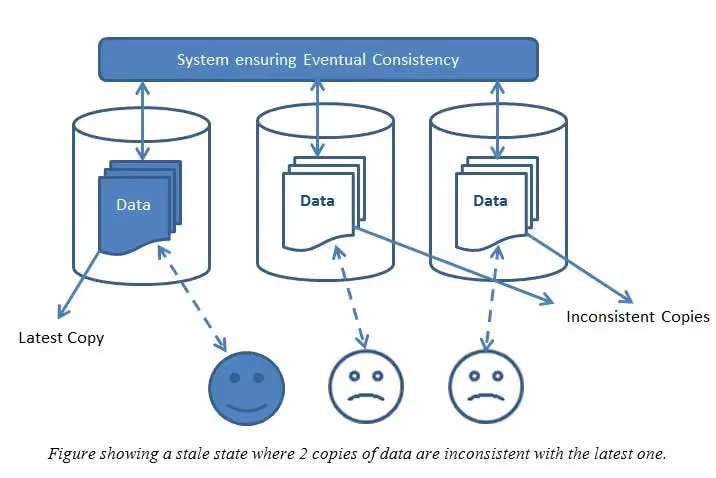
Creating and Managing Test Data in Ephemeral Environments
- Embrace DevOps Tools: Modern devops tools and CI practices have simplified the art of creating test environments.
- Pulling the Right Data: Always pull the first set of necessary data for the environment before beginning tests. This data should be a reflection of the production database, albeit sanitized for testing purposes.
- Version Control: Just like you manage versions of code, data in ephemeral environments requires meticulous versioning. If there’s a data discrepancy, rolling back to a previous version can be a lifesaver.
Automated Testing to Validate Schema Changes
- See Before You Leap: Before applying schema changes in a production environment, it’s crucial to first test these changes in an ephemeral environment. For instance, an automated CI pipeline could help in catching data integrity issues early.
- The Role of Automated Testing:
1. Quickly identifies mismatches between data and schema.
2. Validate data integrity post-migration.
3. Ensures that any changes to the database don't adversely impact associated code or applications.
Collaboration and CI/CD Integration
Role of collaboration tools and version control systems in schema migrations
- Vital Data Access: Collaboration tools grant developers access to essential data, making the schema development process more insightful.
- Version Control is King: In an ever-evolving database, tracking schema changes through version control systems is fundamental. When you work on a piece of code, you'll often see the significance of preserving earlier versions, just in case.
- Real-world Example: Consider a development team working on a major project. Midway, there's a need to revert to a previous state due to certain detrimental changes. This is where version control becomes a lifesaver. Instead of rummaging through piles of code, they can effortlessly pull the desired version and proceed.
Seamless Integration of Ephemeral Environments with CI/CD Pipelines
- The CI/CD Advantage: Continuous Integration and Continuous Deployment (CI/CD) play a pivotal role in today's DevOps-driven world. Ephemeral environments, being transient, are tailor-made for CI/CD integration.
- Efficient Testing: Once developers push or pull the latest code, CI/CD pipelines can swiftly create an ephemeral test environment. This allows for rapid and isolated testing without affecting production.
- Always in Sync: The beauty of CI/CD pipelines is that they ensure that whatever changes occur in the development or database schema, they are consistently mirrored in the test environment. It helps in catching anomalies early.
Maintaining Workflow Consistency for Schema Migrations
- Environment Uniformity: First and foremost, having identical production and test environments ensures that migrations are predictable and consistent.
- Teamwork makes the dream work: A collaborative approach ensures everyone is on the same page. Shared responsibilities, combined with DevOps practices, can manage schema changes more effectively.
- The Balancing Act: While it's tempting to rush schema migrations, especially in agile development cycles, ensuring data integrity is imperative. Always have a rollback plan. As they say, it's better to be safe than sorry!
Conclusion
Database schema migrations are pivotal in software development, harmonizing data structures with evolving application requirements. Ephemeral environments, a recent breakthrough in the DevOps landscape, offer dynamic, transitory platforms for these migrations. However, they come with their set of challenges, including data consistency, collaboration, and versioning. Leveraging best practices, rigorous versioning, and automation can combat these hurdles, ensuring smooth integrations with CI/CD pipelines. Collaborative tools and version control systems further bolster these migrations. As we embrace this new paradigm, it's vital for DevOps teams and developers to adopt and adapt, ensuring efficient schema migration practices in ephemeral environments.

Suggested articles
.webp)



.svg)
.svg)
.svg)






